Persian cats are one of the most popular breeds of cats in the world. They are known for their long, luscious coats, round faces, and sweet personalities. If you are considering adding a Persian cat to your family, you need to be aware of their specific grooming and care needs. Persian cats require daily maintenance to keep their coat healthy and prevent matting. They also need regular veterinary checkups to ensure that they are healthy and happy. Additionally, Persian cats have a higher risk of health problems than other breeds, so it's crucial to be aware of their specific requirements. In this blog post, we will discuss all the aspects of caring for a Persian cat, from grooming to nutrition to playtime.
Provide advice on grooming a Persian's long, thick coat, including daily brushing and regular bathing.
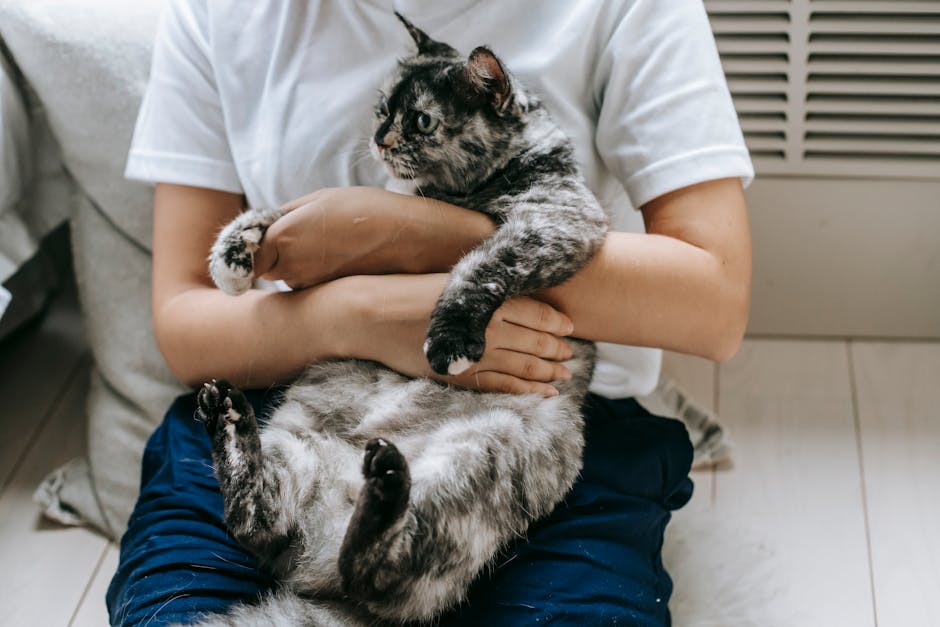
Caring for a Persian cat involves a lot of grooming, especially when it comes to their thick and long coats. Regular brushing is an absolute must to prevent matting and tangling. Use a metal comb and soft-bristle brush to groom them every day. Focus on areas such as the undercoat and the belly, where fur tends to mat the most. In addition to daily brushing, you may also need to trim their hair around the anus and underbelly.
Another essential part of Persian cat grooming is regular baths. Persians have sensitive skin and are prone to skin irritation, allergies, and infections. Giving them a bath once a month can help keep their skin and coat healthy. Use a mild shampoo and warm water to wash them, and make sure to rinse thoroughly to remove any soap residue.
When bathing your Persian, it’s best to use a sink or a bathtub so that you have better control over the cat. Also, make sure to dry them thoroughly after the bath to prevent skin irritation and colds. You can use a towel or a blow dryer on low heat to dry their fur.
Grooming a Persian cat requires patience and dedication, but it’s essential for their overall well-being. By following these tips on daily brushing and regular bathing, you can keep your Persian's coat healthy and beautiful.
Explain the importance of maintaining a clean environment for your Persian, such as keeping their litter box clean and minimizing dust.

Maintaining a clean environment is crucial when it comes to caring for your Persian cat. These cats have long, thick fur which can easily collect dust and dirt. Thus, it's important to keep their living area free from any potential allergens. One of the most important things that you should focus on is keeping their litter box clean and tidy. Persian cats are known to be quite finicky about their litter boxes, and will avoid using it if it's dirty or unpleasant. So, ensure that you scoop the litter box out every day. Additionally, it's essential to vacuum their living space regularly to keep all the hair, dust, and dander under control. You can also consider using air purifiers or dust filters to minimize the amount of airborne dust in their living space. By maintaining a clean environment, you can help your Persian cat live a healthy, happy, and comfortable life.
Discuss proper feeding habits for Persians, including the benefits of a high-quality, protein-rich diet and limiting table scraps.
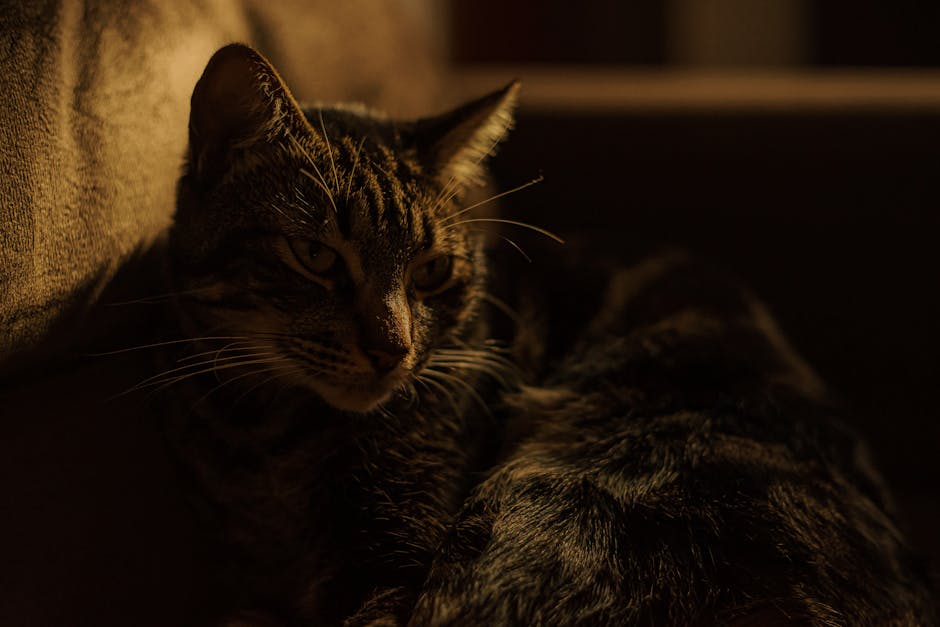
When it comes to feeding Persian cats, it is important to provide them with a high-quality, protein-rich diet. A diet that is rich in meat-based protein can help ensure that your Persian cat receives the necessary nutrients for their overall health and wellbeing. Along with a good diet, it is also important to limit table scraps, as many human foods can be harmful to cats and can lead to digestive issues. To ensure your Persian cat stays healthy and happy, be sure to provide them with a balanced, nutritious diet and limit treats and table scraps.
Emphasize the significance of regular veterinary check-ups to maintain a Persian's health and prevent potential health problems.

A Persian cat may have long beautiful fur and a gentle disposition, but they still need regular care and attention from a veterinarian. It's important to schedule regular check-ups to ensure that your feline friend stays healthy and happy. Regular check-ups can help prevent health problems by catching issues early on. Additionally, your veterinarian can give you advice on proper feeding, grooming, and other care techniques to keep your cat in top shape. Remember, preventive care is essential, and your cat's health should never be overlooked.
Cover the importance of providing your Persian with safe, stimulating toys and furniture to prevent boredom and encourage activity.
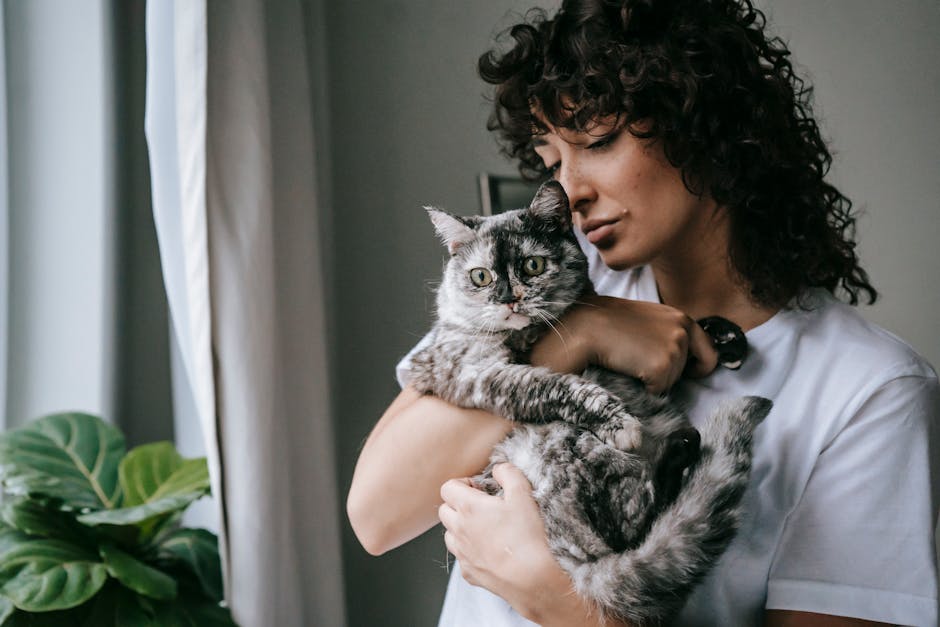
Providing your Persian cat with safe and stimulating toys and furniture is crucial for their overall well-being. Persian cats are known for their laid-back and relaxed personalities, which can often lead to laziness if they lack stimulation. Boredom and inactivity can result in various health issues such as obesity, lethargy, and other related problems.
To keep your Persian entertained and active, provide them with safe and interactive toys such as scratching posts, feather wands, and puzzle toys. Additionally, invest in furniture that promotes activity and playfulness such as climbing towers and platforms. This will provide them with a safe environment to climb, jump, and play, stimulating their natural instincts.
Make sure that the toys and furniture you choose are made of safe and non-toxic materials. Avoid toys and furniture that have small parts that can be swallowed or sharp edges that can hurt your cat. Additionally, keep an eye on your cat while they play, and regularly inspect their toys and furniture for any damages or wear and tear.
In summary, investing in safe and stimulating toys and furniture for your Persian cat is essential to promote their overall health and happiness. It is an excellent way to prevent inactivity and boredom while keeping them active and engaged in their environment.
Detail potential behavioral issues unique to Persians and offer tips on how to address them, such as excessive grooming or shyness.

Persian cats are known for their beautiful long fur, flat faces, and laid-back personalities. However, like any breed of cat, Persians have unique behavioral issues that can arise. One common issue is excessive grooming, which may lead to hairballs or even skin irritation. To help with this issue, regular grooming sessions can be scheduled, which includes combing the cat’s fur to prevent tangles and matting, as well as trimming the hair around the sanitary areas.
Another issue that Persian cats may struggle with is shyness. This breed can be reserved and may take longer to warm up to new people or experiences. To address this behavior, it’s important to provide plenty of socialization opportunities. This may mean playing with the cat, introducing new toys or games, and gradually introducing them to new people or situations. Positive reinforcement techniques can also help to build trust and confidence in a shy Persian cat.
By keeping these potential behavioral issues in mind and providing the necessary attention and care, Persian cats can be happy, healthy, and loving pets.
Address the special needs of senior Persians, including dietary changes and pain management for age-related issues like arthritis.
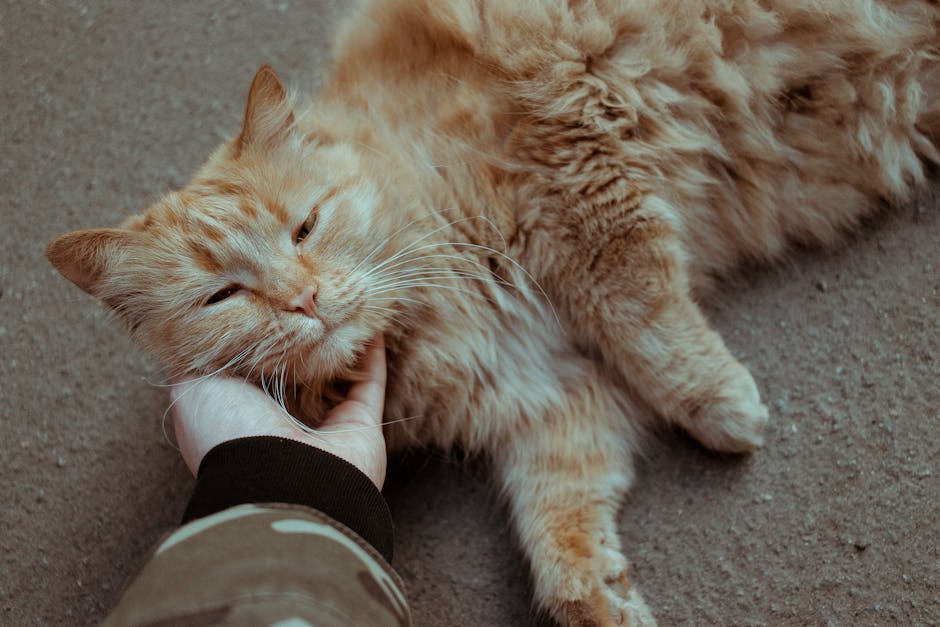
As Persian cats age, they require more specialized care to maintain their health and wellbeing. One of the most important aspects of senior Persian care is addressing age-related conditions such as arthritis. This may include providing pain management medication prescribed by a veterinarian or making changes to the cat's living environment to reduce the risk of injury or discomfort. Additionally, dietary changes may need to be made to address changing nutritional needs and prevent other health issues. Consulting with a veterinarian who has experience with senior cats is essential to ensure that your Persian is receiving the best possible care in their golden years.
Highlight the significance of microchipping and proper identification to ensure your Persian's safety and security.
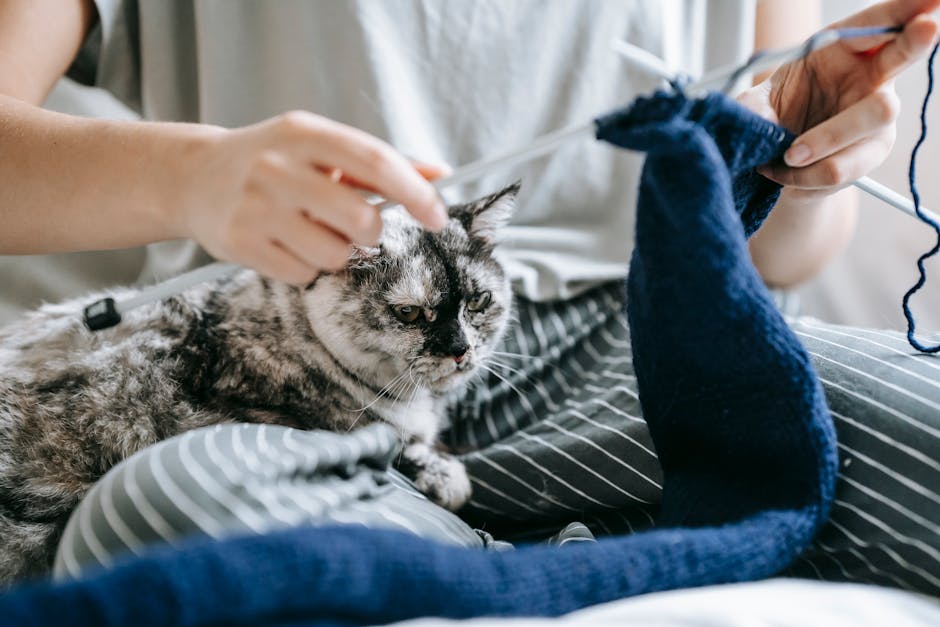
Ensuring the safety and security of your Persian cat is of utmost importance, and one way to do this is through microchipping and proper identification. A microchip is a tiny device that is placed under the cat's skin and contains important information such as the owner's name, address, and contact details. This information can be useful in case your Persian gets lost or stolen, and can help you reunite with your furry friend as soon as possible.
In addition to microchipping, it's also important to ensure that your cat wears proper identification such as a collar and tag with the owner's contact information. This can also help others identify your cat and return them to safety. Remember to regularly update your contact information to avoid any delays in locating your cat.
Microchipping and proper identification may seem like small steps, but they go a long way in ensuring the safety and security of your beloved Persian cat.




